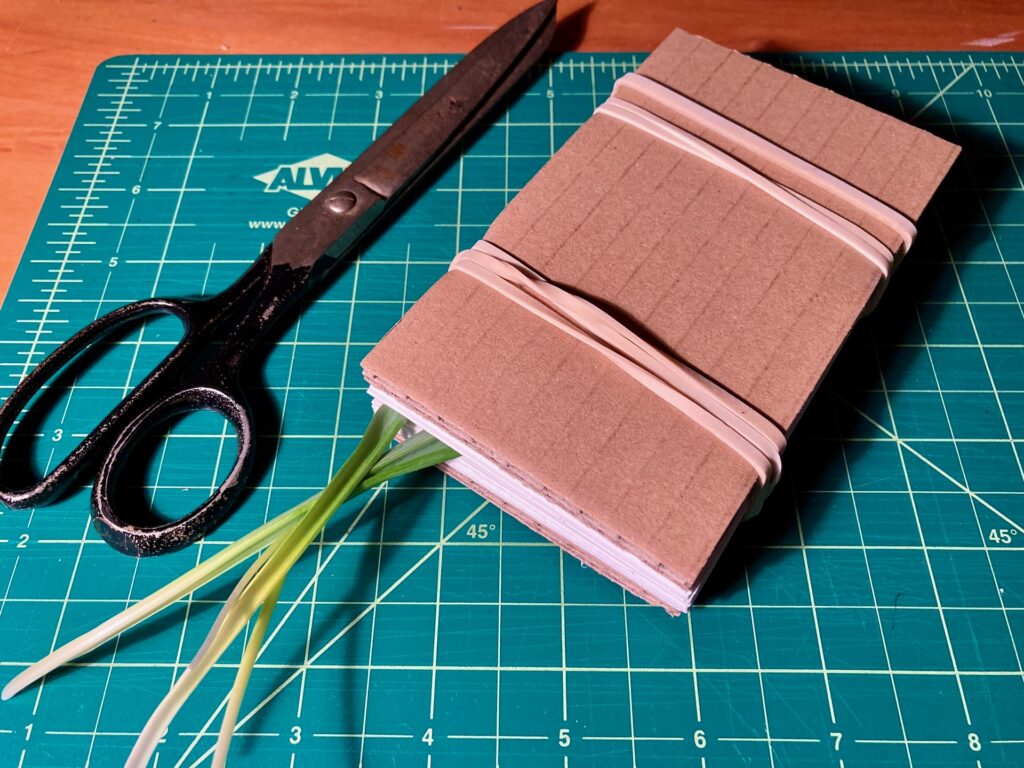I found four more copyright-free hymns that I’d been meaning to upload: “Yielding and Simple,” a Shaker song; “Trouble in Mind,” the blues and jazz standard; “Hold On,” also known at “Keep Your Hands on the Plow”; and “Rise Up O Flame,” which I once thought might be protected by copyright but am now convinced in public domain.
You can find them on this webpage. Descriptions below the jump.
That webpage is static HTML, by the way, which I code by hand in the text editor Atom. Thank goodness this is the last of the hymns I have which are ready to post. Writing static HTML takes up too much time, time that I’d rather spend creating content (e.g., writing actual posts for this blog). This bout of hand-coding proved to be especially time-consuming because Filezilla, free open-source software which I use to upload the HTML to the server, suddenly stopped talking to the server. I spent half a day troubleshooting, until I finally gave up and purchased Transmit, another FTP application. However, static HTML is more resistant to attacks by malicious hackers, and requires less energy consumption to render — so I suppose writing static HTML is worth it in the long run.
Continue reading “Even more copyright free hymns”











